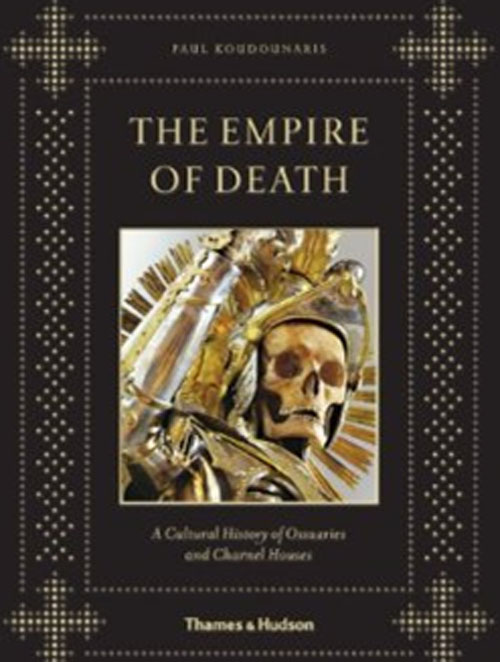The Empire of Death: A Cultural History of Ossuaries and Charnel Houses
Book Review

The Empire of Death: A Cultural History of Ossuaries and Charnel Houses, Paul Koudounaris, (Thames and Hudson, London) 224pp., hardback, £29.95, ISBN 978 0 500 25178 2
This is the first book to focus on the world's most important charnel rites, normally inaccessible to the general public. Paul Koudounaris, who holds a doctorate in art history from the University of California and who has written widely on European ossauries and charnel houses, spent three years visiting 18 countries, ranging from the crypts of Capuchin monasteries in Italy to the tomb of a wealthy Peruvian nobleman which dates from the 1960s and is decorated with the exhumed skeletons of his Spanish ancestors.
The subject may be regarded by many as morbid in the extreme. The fact is however that from medieval times to the 19th century, human remains were part of the Christian ritual landscape. Great charnel houses were built on consecrated ground to house the disinterred to make room for the newly buried. The expectation was that they would be resurrected at the second coming of Christ.
This large book has 290 illustrations in colour and 131 duotone thumbnails, many from photographs taken by the author. His impressive and readable commentary is researched from a multitude of sources quoted in the end-notes. There is a list of sites from Austria to Switzerland and the United Kingdom and an index as well as end-notes but no bibliography as such. The illustrations are remarkable and well reproduced. The book is rather inconveniently heavy and long but priced most reasonably. It is an excellent memento mori for our age and a work which is the result of considerable endeavour by the author.

